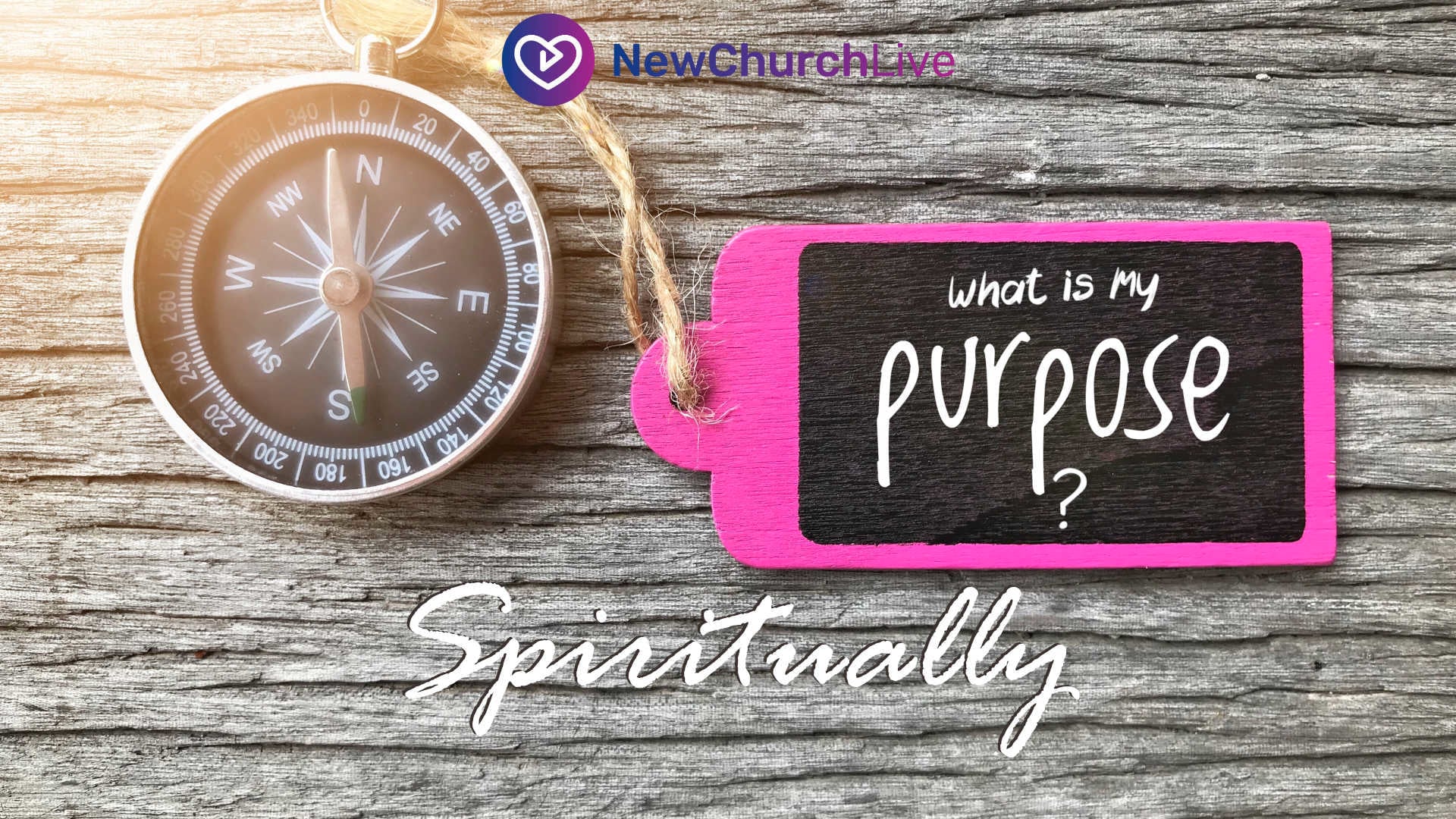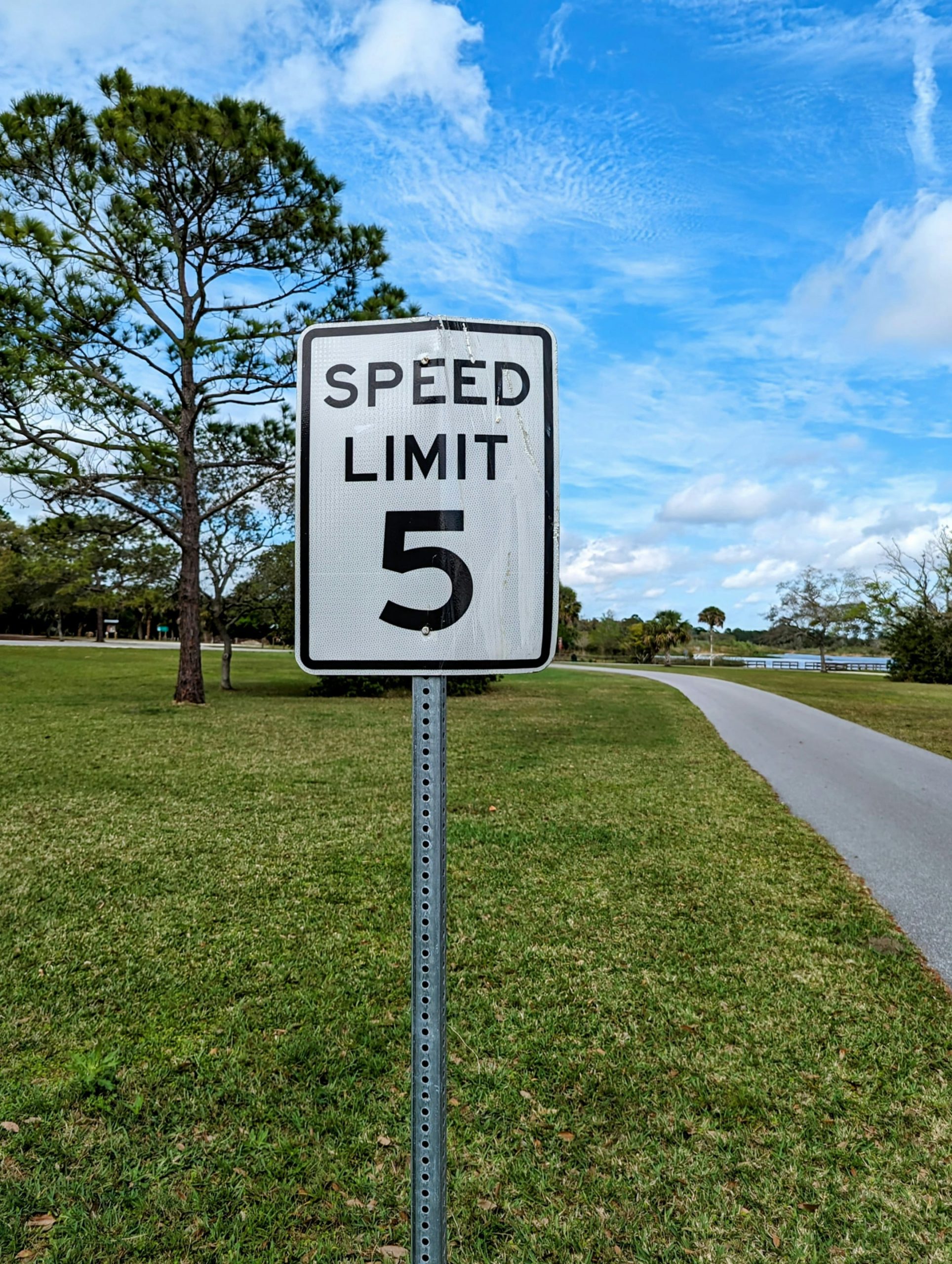What happens after we die? The question of life after death is one that many of us ask as we start to explore our spiritual lives. It’s a question that, along with the meaning of life, we often turn to religion to answer. It was also one of the primary catalysts for Swedenborg’s own exploration of the connection between the physical and spiritual worlds.
Inevitably, these questions and Swedenborg’s own experiences lead him to develop a vision of life after death that’s a deviation from other Christian concepts of life after death, heaven and hell, and our experiences in the spiritual world.
Table of Contents
Swedenborg’s Vision of Life After Death
When it comes to life after death, Swedenborg’s writings were prolific and often included descriptions of extraordinary encounters with angels, spirits, and those who had passed into the afterlife. A good part of his spiritual awakening stems from his own reported experiences of traveling freely between the physical world and the spiritual world, communicating with both the living and the deceased.
In fact, works like Heaven and Hell and Secrets of Heaven provide a detailed vision of the afterlife as a continuation of one’s spiritual state rather than a radical change. His encounters with angels emphasized that the afterlife is an orderly realm where spirits experience joy or suffering depending on their inner lives and loves.
More specifically, both texts discuss the spiritual world as a temporary realm, where souls transition after death before they move on to heaven or hell. It’s not only a place of waiting but a critical stage of self-discovery as spirits are, gradually, drawn to the community of other spirits that best match their core values and true selves.
Swedenborg’s visions stress that each individual determines their fate by choosing either a path of love for others, which leads to heaven, or a love of self, which leads to hell. And, the essence of this belief, is that these choices were already made in life– have we lived a selfish life of narcissistic devotion, or have we practiced love through gratitude, generosity, and service?
Life After Death: The Transition
What occurs after we die is a peaceful transition with the spirit leaving the physical body behind and awakening in a new realm—the spiritual world. Life after death brings us to a world as real and vivid as the earthly life we have known.
In fact, according to Swedenborg the first experiences after death are so similar to what we encounter on Earth that many people do not immediately realize they have passed from one life to the next. The newly deceased find themselves in a world with familiar landscapes, homes, and people. However, this world is spiritual in nature, reflecting the inner states of the individuals who inhabit it.
One of the most significant aspects of Swedenborg’s vision is the role of angels and spirits in guiding those who have recently arrived in the spiritual world. As soon as someone crosses, they are lovingly greeted by angels who gently and gradually help them adjust to their new surroundings.
These angels provide comfort and guidance, helping the spirit both remember and accept that they have moved from the physical realm to the spiritual one. Throughout this process, newly arrived spirits are drawn toward communities that resonate with their deepest loves, with their core selves. This prepares them for the next phase of their spiritual journey, whether it leads them toward heaven or hell.
The Spiritual World: A Place of Choice and Reflection
As mentioned, the spiritual world guides individuals towards the communities that best reflect their inner selves. It serves as a place of self-discovery, where the deeper intentions of the heart are revealed, and individuals begin to align with either heaven or hell based on these core values.
Unlike the physical world, where external appearances often conceal inner motives, where people can be disingenuous and mask their motives, the spiritual world brings one’s true self into full clarity. Here, spirits gravitate toward communities of like-minded souls. We may find ourselves naturally drawn toward the joys of heaven if our lives were rooted in love for others, or toward the sorrows of hell if we were primarily motivated by love of self.
It’s important to note here that the spiritual world also provides free will. Individuals have the freedom to choose their spiritual path. This free will is crucial because it allows each person to seek out the environment that best reflects their deepest desires, a place where they feel most at home. Spirits do not go where they’re told, they go where they belong.
In this way, life after death is not a place of forced judgment but rather one of personal alignment, where each spirit chooses its own destiny. Those who have cultivated a love for goodness and truth will, naturally, be drawn toward heaven. Those whose love is rooted in selfishness and deceit will, inevitably, find hell a better fit.
In fact, this concept of freedom is a central aspect of Divine Providence. Swedenborg stresses that God never forces anyone into heaven or hell. Instead, we are given the freedom to choose our spiritual path, both in this life and in the next. This freedom is essential because love and goodness can only exist where there is the freedom to choose them.
The absence of judgment also exists in one of the most profound elements of life after death– the life review process. Upon entering the spiritual world, individuals reflect on their earthly lives with an unmatched clarity. All their actions, choices, and motives are laid bare, not in judgment but in truth. This process helps spirits understand the consequences of their choices and how their inner loves shaped their actions.
Heaven and Hell: Inner States of Being
It might be becoming increasingly clear that, according to Swedenborg, heaven is not simply a place, but an inner state of being defined by love and wisdom. Those who live in alignment with divine love—caring for others and seeking wisdom from the Lord—experience the joy and peace of heaven.
In this way, “admittance” to heaven is attained by a life dedicated to love for the Lord and service to others, where self-interest takes a back seat to the well-being of those around them. In heaven, individuals experience a deep and lasting joy because they finally achieve alignment with God and the divine order. They find fulfillment in giving and in the harmonious relationships that exist in a community of mutual love and understanding.
Hell is, similarly, an inner state, but that’s where the similarities end. Hell is a reflection of an inner state that prioritizes self-love and spiritual darkness. Those who choose to live for themselves, rejecting divine love and prioritizing their own desires over the needs of others, experience the anguish of hell.
In other words, hell is not a punishment imposed by God but a natural consequence of choosing a life disconnected from the love and wisdom of the divine. Those in hell are consumed by their own selfishness, unable to experience the light and warmth that comes from loving others, building connections, and accepting God’s guidance. Instead, they live in spiritual isolation, trapped by their own inner darkness.
Swedenborg explains this through the correspondence principle, which teaches that external realities in the afterlife reflect internal spiritual states. In heaven, the beauty and light of the surroundings correspond to the love and wisdom within the spirits who dwell there. Likewise, in hell, the darkness and disorder reflect the inner turmoil and selfishness of its inhabitants.
In short, our external environment in the spiritual world is a direct manifestation of our inner life, shaped by the choices we make and what we cultivate while on Earth. Heaven and hell, in essence, are expressions of the deepest aspects of who we are.
The Process of Regeneration and Spiritual Growth
The process of the soul’s journey, called regeneration, involves a deep, inner change allowing us to live a life that reflects God’s love and wisdom. Regeneration is not a sudden event but a gradual spiritual growth that takes place throughout our lives. It is a partnership with the Lord, as we actively choose to turn away from selfish desires and embrace a life of love, service, and truth.
Swedenborg teaches that this transformation is essential for entering heaven, as only those whose inner selves reflect divine order can experience the joy and peace of heavenly life. A key component of this spiritual transformation is living a life of love and charity on Earth. This means not only rejecting evils, but practicing good deeds. Afterall, heaven is not just a place we go to after death, but a state of being that we cultivate while living.
To prepare for heaven, we must, in the physical world, actively love the Lord and our neighbors, care for others, show kindness, and work to better the lives of those around us. Acts of charity—whether big or small—help us align with the divine will, shaping our inner character to reflect the love and goodness of heaven.
Regeneration and spiritual rebirth, however, are more than doing good deeds. In fact, Swedenborg stresses that we must also turn away from selfish and harmful behaviors, recognizing them as contrary to divine order. Through these daily acts of love, through turning away from evil, we are transformed– this is regeneration.
Swedenborg’s Unique Contributions to Theories on Life After Death
So…beyond engaging in discourse about life after death, what makes Swedenborg’s theology so interesting? Swedenborg’s vision of the afterlife offers a distinctive departure from traditional Christian views of heaven and hell. That alone makes it conversation worthy, but it also asks us to consider some very important questions about our relationship with God, spirituality, community, and more.
In conventional Christian theology, heaven and hell are often depicted as static destinations where souls are rewarded or punished based on their faith and deeds. Heaven is seen as a place of eternal bliss, and hell as a realm of eternal suffering, with one’s fate determined by God’s judgment at death.
Swedenborg, however, presents a more dynamic and deeply personalized understanding. He teaches that heaven and hell are not merely external places, but inner states of being that reflect the loves and choices a person cultivates during their life. Rather than a divine judgment assigning individuals to either heaven or hell, people naturally gravitate toward the spiritual realm that corresponds to their true inner nature, whether aligned with love for God or rooted in selfishness.
Ultimately, we are passing judgment on ourselves rather than it being doled out by a higher being and this asks us to take a far more active role in our own spiritual growth and progress, in our own salvation. It also asks us to have a very different relationship with God, not one based on control but instead one based on love and wisdom, one that prioritizes growth as much as goodness.
We can see this in the contrast between traditional views of a final judgment day and Swedenborg’s which describes the afterlife as a gradual, reflective process. Each spirit embarks on a journey of self-discovery, drawn toward heavenly or hellish communities based on the essence of their character. This personalized journey ensures every soul experiences an afterlife uniquely tailored to their spiritual state, allowing individuals to consciously recognize their eternal destination as a natural extension of their earthly life and loves.
This emphasis on personal responsibility and self-alignment makes Swedenborg’s contributions to the concept of the afterlife profoundly empowering. Rather than seeing heaven or hell as predetermined or externally imposed, his teachings invite us to actively shape our eternal destiny through our choices, loves, and actions during our time on earth.
In essence, this concept of life after death profoundly alters the way we live and, as mentioned, the way we view our spiritual growth. It is with that understanding that NewChurch Live provides space, guidance, and community for individuals to explore ideas around life after death as well as other foundational concepts of Swedenborgian theology.
Wherever you may be on your journey, we’d love to connect with you and have you connect with our community. Reach out today and let’s get started together.




















